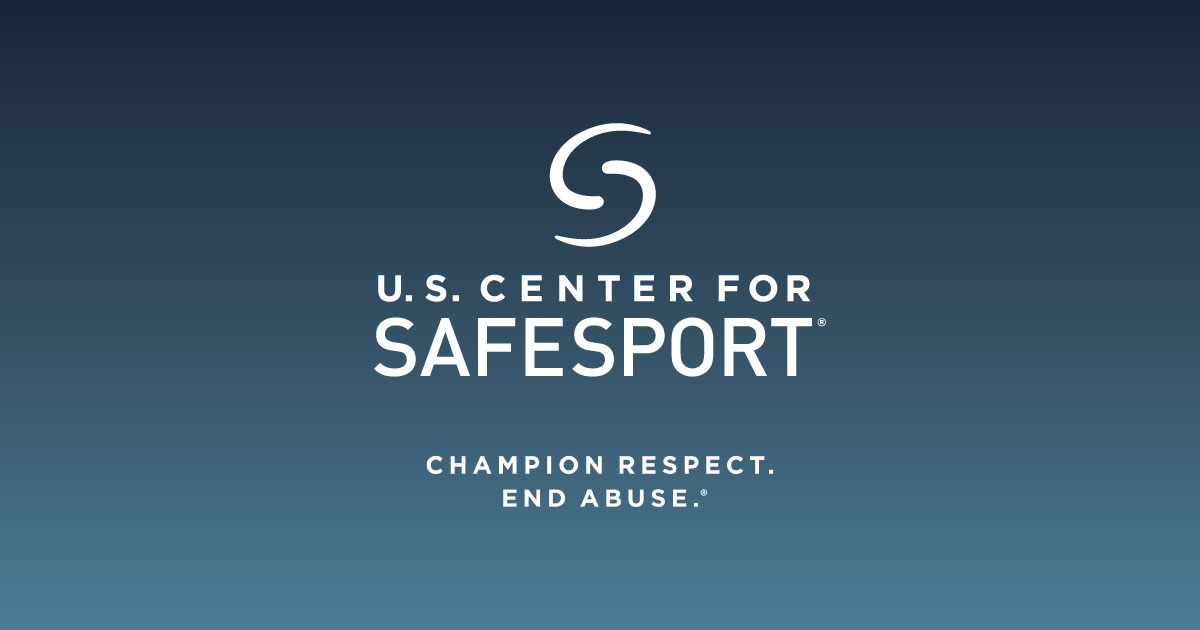
A Reflection on Addictive Patterns and Maladaptive Behaviors
**Disclaimer: If you are experiencing mental health concerns or need addiction counseling or medical support, please visit our crisis resources. The material in this post is not in substitute for or instead of professional care.
Part 1
Everything can be a medicine. Everything can be a poison. How do you know if you’ve crossed the line?
Does the substance/behavior have more control over you than you do over it? Does the idea of restraint from using make you tense, quiver, or seem impossible? Have you asked yourself and been honest about why you are using?
What may seem benign, socially normal, or acceptable can be a slippery slope. One episode of TV, one drink, one cigarette, one bump, one hit, one roll of the dice, one video, one bite of cake. For some, that may be true. For others, there are no brakes. For all, we must ask why – why are we choosing these behaviors?

The bottom line is that addiction, substance use, and engaging in harmful behaviors are coping at their finest. We use to soothe or to avoid. We use to feel something different or to feel nothing at all. We use with the desire to satiate a deep need or void inside ourselves. We use in the absence of true connection. We use to tend to a deep wound. We use to protect ourselves from facing our feelings, feeling pain, or experiencing further damage. We use automatically or compulsively under the guise of needing to get by. We use because we can't fathom living without such a crutch. We use to block out our minds, hearts, and bodies. We use because the world is too much or too little. We use to forget. We use because we think we are too far gone. We use because we feel that we have to, we have no other choice. We use because we believe we can’t stop.
Anyone can experience addiction, substance use, or engage in harmful behaviors in their lifetime. Some of us may have a greater propensity for addictive tendencies based on our genetics, mental health, and societal factors. But we can all fall prey to the intoxicating lure of quick dopamine rewards, escapism, and putting bandaids on bleeders. Unfortunately, child sexual assault survivors in particular are 1.7x more likely to misuse substances. Survivors may use in efforts to try to cope with or numb sensations and memories, or to self-medicate or self-harm.
When you're in it, addiction, ritual, or chronic use of substances or dangerous behaviors can feel exhilarating. It can feel like a chase with the seeking and the precipice of the activity, just as much a drug as the activity or substance itself. Your brain chemistry is salivating for the upcoming release. You may then feel powerless, on autopilot, willing and able to do anything or sacrifice whatever it takes to scratch the proverbial itch.

What may have started as a one-time thing, dipping your toe in the water, or deemed a social activity, actually gripped you by the undertow and became maladaptive, fully jeopardizing your daily functioning and relationships. You rationalize, make excuses, and justify. Perhaps you are even a master at hiding it or a “well-functioning addict,” but deep down fear how you would get by without your drug of choice and can’t remember life without it. Sooner or later, you realize that what may have begun slowly and innocently turned into a habitual dopamine loop and your new modus operandi or basis of reality. Your world is now myopic, draining, compulsive, automatic, and scary. You are living in a full illusion.
Part 2
The addictive behaviors have served a purpose, scratching an itch. True relief and freedom come from finding healthy ways to mollify the itch and remove the itch in the first place.
Remiss would be discussing addiction without also discussing identity and the brain. We must remember that engaging in addictive behaviors changes one’s brain chemistry. These chemical reactions and consequences adjust reward pathways and processes that implicate motivational effects for use and withdrawal. Healing and recovery are possible; it is just very hard and requires multidimensional support and intervention to realign one’s system.

Given these physiological and behavioral changes that are hallmarks of addiction, individuals often experience identity shifts with substance misuse, often becoming part of their self-image. This can be greatly confusing and destressing during the change process. Part of the healing and recovery process is sifting and sorting out who we are, separate from our addictions. This can bring about immense grief and loss, as well as evoke a new self-discovery process as behaviors change.
What may be the saddest is that we may not have the self-awareness of what we are doing and what is going on. Due to this entanglement of identity between self and addiction, combined with the immense amount of pain repressed, the roots and origin of the pattern may be buried. This has kept us safe and numb in some regards, but also bars us from getting help and getting free. In these times, we have a knack for not hearing ourselves, our true knowing, and the voices of others. This is where we must be mindful of the intersection with mental health concerns and emotions of fear, loneliness, grief, anger, depression, self-loathing, and the desire to self-mutilate.
The question becomes how we can reach ourselves and others when we are in that deep. When we may not be ready to change, want to, or know that we need to. Sometimes, it just really does take time, and things may need to run their course. In these cases, harm reduction can be the best course of action. If you need help or additional support, please visit our crisis resources.

For supporters of those suffering from addictive behaviors, remember you can lead a horse to water but can't make them drink. It is up to the person when and how to choose their path to healing when they are ready. What you can do is support yourself, seek out resources for yourself, while giving them unconditional love (not support for their behavior), and create an environment in which they are safe and supported to make more positive choices. Their life is up to them, as hard as it may be to watch at times.
Part 3
Please remember that if you are feeling apathetic, depressed, suicidal, or experiencing medically dangerous symptoms such as withdrawal, visit our crisis resources. Remember, depression and addiction are the opposites of expression and connection. We all need safe containers to feel loved and have an outlet to release what is inside of us and gripping us. Most often, this cannot be done alone. We heal in community, especially with those who have walked a similar path.
You are not alone. There is nothing wrong with you. You are trying your best to survive. The behavior or substance was a tool that became overused and is no longer serving you. There is hope. There is help. There is a way out. It starts with you.
Stopping the cycle and getting help to reduce engagement with harmful substances and behaviors often occurs when enough becomes enough. You may have reached “rock bottom” or a point of no return where you know you will die if you continue like this. There has been a severe impact and destruction of your daily life. Or… finally, you feel safe, supported, and in a place of security that is giving you the space and resources to work hard at changing your choices.
This is the pattern interrupt. This is where the process begins. This is where you hold the awareness that the behavior has gotten out of control and is causing more harm than benefit.
That is Step 1.
Step 2 is asking yourself, “What do I really want or need” in the moment when the craving or compulsion strikes. Recall that you are coping with something, and listen honestly to what you are trying to soothe or avoid.
Step 3 is, with kindness and compassion, honoring and acknowledging the parts inside of you that want to meet that valid physical, mental, or emotional need with the maladaptive behavior. These unhealthy coping mechanisms have served a purpose and are driven by the parts of you that want to protect you.
Step 4 is considering another method to meet your present need that is adaptive, healthy, and perhaps even more direct. Are you hungry, thirsty, need a deep breath, need to take space, need to cry, need to scream, need a hug, need stimulation, need a calm environment, need a new friend group, need to talk to someone, need more time, etc.?
Step 5 is thanking yourself for bravely and truthfully responding to yourself and trying to cope in a new way. This matters as you are retraining the reward circuitry in your brain and body.
This process takes time, immense patience, and practice. It does, however, get easier. You strengthen this muscle. Most of all, you do not have to do it alone. Support exists in many flavors, styles, and varieties. There is no one-size-fits-all for healing and recovery, and sometimes it is a game of trial and error to figure out what you need and what works best for you.
Additionally, some find it helpful or not to label themselves as an addict or alcoholic, for instance, and this is your call if this is beneficial to you. Everyone understands and defines addictive behaviors in their own light. Figure out what sits best with you and brings you into alignment with empowered solutions.
In time and with great awareness, we start to reflect and recognize a larger perspective surrounding our addictions. We ask ourselves what is going on in our lives that we are inclined to choose to engage in such dangerous behaviors. We start to ponder and wonder what is going on in our lives that there is no space or desire for positive change. We reflect upon what we need to do to create the conditions for growth. This helps us reduce stress, friction, and misalignment in our lives and seek positive support, healthy coping, and healing before things get out of control or head down a dark road.
Healing from addictive behaviors is about taking your power back and exerting control over your own life. It is about building self-efficacy rather than dependency on outside things to change and regulate your internal state. It is about going back to the root cause, looking more at the first time you started using and why, rather than focusing on the last time and how bad things became.

Healing ultimately feels like taking the hooks out. It's getting back on your feet rather than being down on your knees. It is moving away from what is cold, dark, superficial, and lonely to consciously moving toward what feels like warmth, love, and freedom. It's certainly not an easy or linear journey, but one of peaks and valleys where you may only get glimpses of the sun at times, and your trajectory is ultimately in the right direction.
The scales begin to tip where you naturally enjoy sobriety more than having the wanting for substances. You change your environment, external life, and social circle to be less stressful and more supportive, as you do not have a tolerance or bandwidth for unhelpful things. You address the sources of the pain inside of you. This is far from easy. But, in time, you feel clearer, embodied, and solid, and your life force grows. You are finally living to live, not living to die. It's the compounding return of the minute-by-minute, hourly, daily investment of choosing and committing to yourself.
Kathryn McClain, MSW, MBA
Program and Partnerships Director at #WeRideTogether



-min.jpg)
